This all-Russian program, featuring, ironically, a Ukrainian-Australian pianist for the concerto, creates many emotions for the audience, and probably is utterly exhausting for the musicians.
The concert begins with Sergei Prokofiev’s romping and frolicking third piano concerto, which he completed after a decade’s gestation. The composer was soloist in the 1921 premiere performance in Chicago, during his self-exile from Russia amid the chaos after the 1917 revolution. He needed to practise three hours a day to learn his own piece, having discovered “it turned out to be devilishly difficult.”
In Alexander Gavrylyuk’s hands, though, it is devilishly charming. His flawless technique underscores his expressive touch, delivering beguiling lyricism one minute, and explosive power the next. And all of this is without the bodily histrionics some soloists seem to think create drama or emotion.
QSO’s Chief Conductor Umberto Clerici sets a cracking pace. But the orchestra and soloist are up for the challenge, even if, at times, the quite large orchestra somewhat overpowers the piano.
It is a truly exciting performance, and quite the contrast to what is offered in the second half.
 Umberto...
Umberto...
Continue reading
Get unlimited digital access from $4 per month
Already a subscriber?
Log in


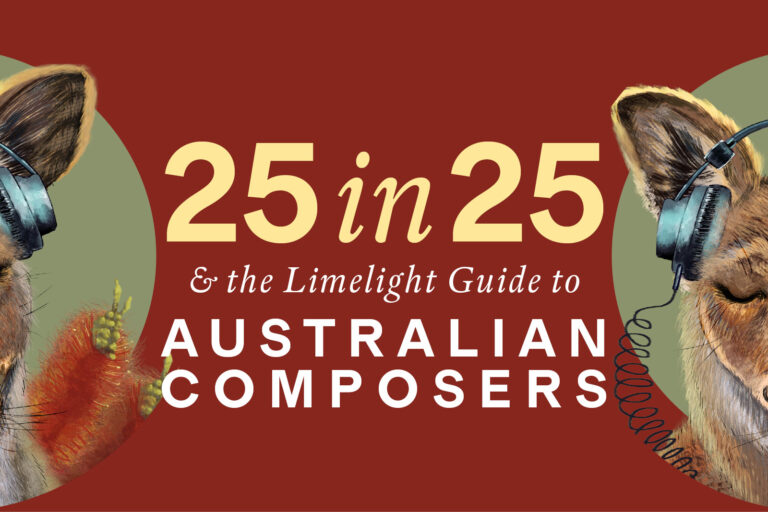

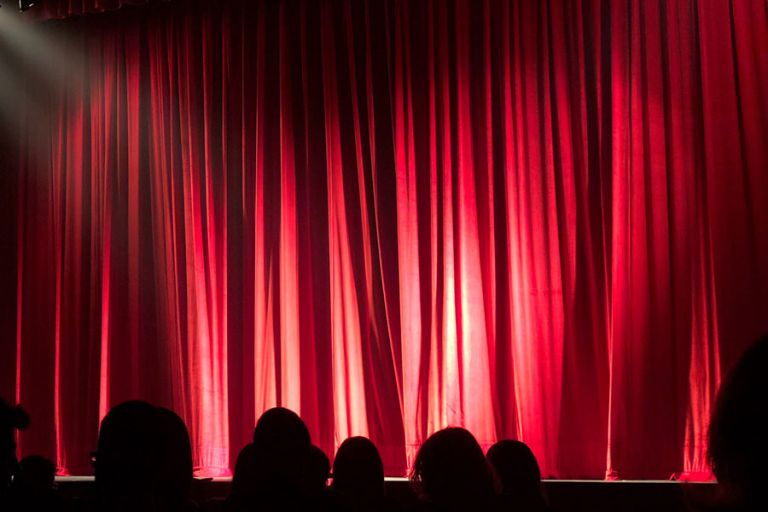
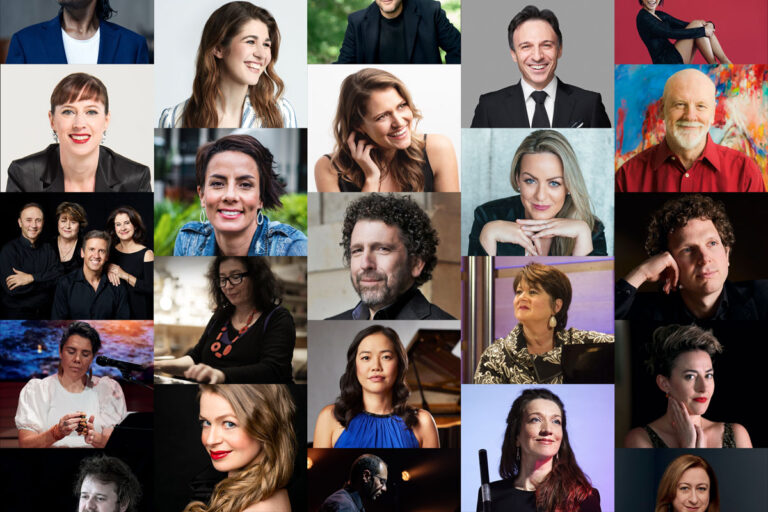
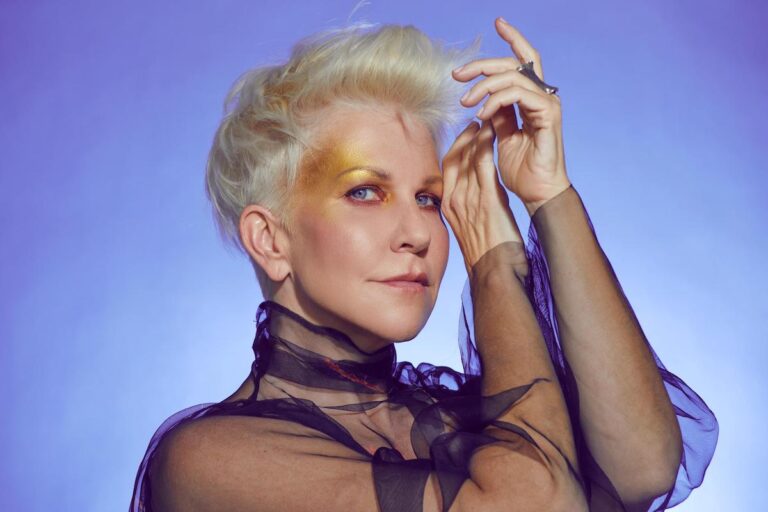

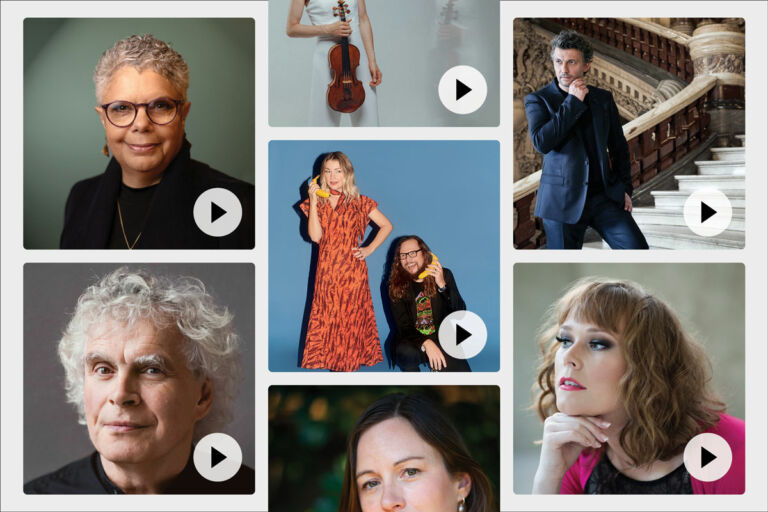

Comments
Log in to start the conversation.